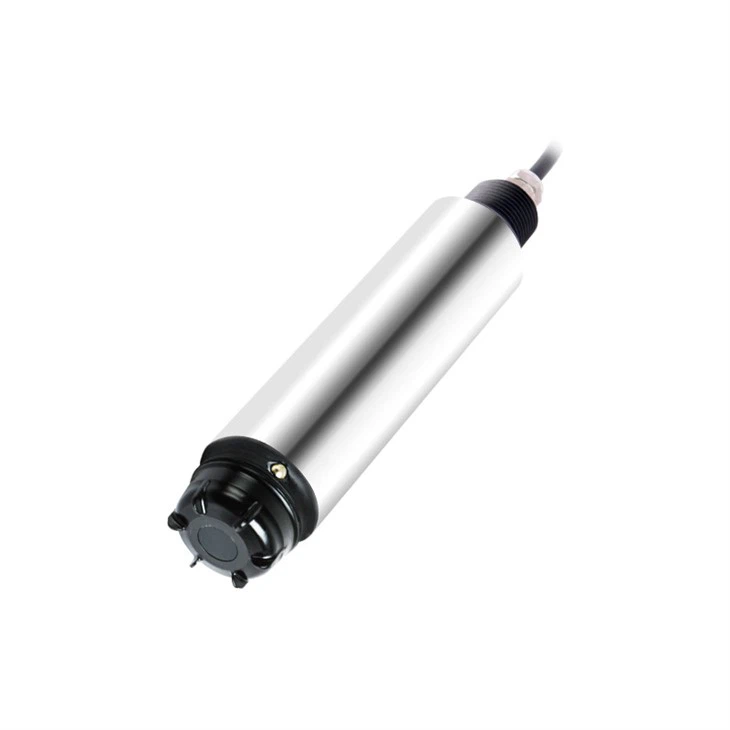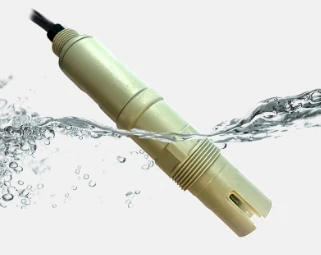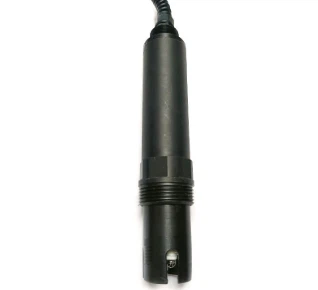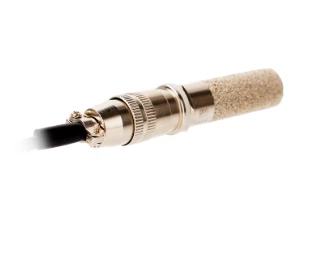DO (Dissolved Oxygen) Sensor
1. Real-Time Monitoring
Continuously tracks dissolved oxygen (DO) levels in nutrient reservoirs, providing instant data to quickly detect anomalies.
2. Root Health Protection
Ensures oxygen for root respiration, preventing hypoxia-related rot or stunted growth.
3. Aeration Optimization
Triggers automated adjustments to aeration equipment, maintaining ideal DO levels while reducing energy use.
4. Enhanced Nutrient Uptake
Sustains 5–8 mg/L DO (for most crops) to boost efficient nutrient absorption by roots.
5. System Stability
Monitors oxygen changes in recirculating systems, flagging filter or pump issues early.
6. Data-Driven Decisions
Logs long-term DO trends to inform cultivation adjustments and crop-specific optimizations.
EC ( Electrical Conductivity) Sensor
1. Real-Time Nutrient Concentration Monitoring
Continuously measures the electrical conductivity of nutrient solutions, directly reflecting the total dissolved solids (e.g., nitrogen, phosphorus, potassium) in the liquid. Provides instant feedback on whether concentrations meet crop requirements.
2. Precise Nutrient Ratio Regulation
Triggers automated fertilization or dilution when EC levels deviate from target ranges, preventing stunted growth due to nutrient deficiency or root burn from excessive concentrations.
3. Resource Efficiency Optimization
Stabilizes EC levels to ensure nutrients are neither wasted nor insufficient, reducing fertilizer usage and wastewater discharge while improving the farm’s economic efficiency.
4. System Stability Assurance
Long-term EC tracking helps detect issues like clogged pipes or incorrect mixing ratios early, preventing nutrient imbalances from disrupting consistent growth across the entire cultivation system.
5. Adaptation to Crop Growth Cycles
Different crops or growth stages (e.g., seedlings vs. mature plants) require specific EC ranges. Sensor data enables dynamic adjustments to meet precise nutrient needs throughout the growth cycle.
PH Sensor
1. Real-Time pH Level Tracking
Continuously monitors the acidity/alkalinity of nutrient solutions, providing instant data on whether pH stays within optimal ranges (typically 5.5–6.5 for most crops).
2. Protecting Root Health
Prevents extreme pH levels (too acidic/alkaline) that damage root tissues, avoiding issues like root corrosion or impaired cell function.
3. Enabling Nutrient Availability
Maintains pH balance to ensure key nutrients (e.g., nitrogen, phosphorus) remain soluble and absorbable by roots-imbalances lock nutrients in unavailable forms.
4. Automated Adjustment Triggers
Signals systems to add pH adjusters (acids/bases) when levels drift, stabilizing conditions without manual intervention, reducing labor and errors.
5. Supporting System Consistency
Long-term pH data helps identify trends (e.g., from water source or fertilizer changes), ensuring stable growing environments across crop cycles.
Water Temperature Meter
1. Core for Root Physiological Activity
Monitors nutrient solution temperature to keep it within optimal 18–25°C, supporting root respiration, enzyme activity, and metabolism. Prevents stunted growth from cold (<15°C) or root decline from heat (>28°C).
2. Boosts Oxygen & Nutrient Uptake
Links to aeration: warmer water holds less oxygen, so temperature data triggers enhanced aeration. Optimal temps also improve root absorption of N, P, K, reducing waste.
3. Inhibits Pathogens
Alerts to high temps (>28°C) that foster fungi/bacteria, triggering cooling to cut root rot risks.
4. Automated Climate Control
Triggers heaters or chillers when temps drift, ensuring stability without manual checks.
5. Crop-Specific Tuning
Adapts to needs: cooler for leafy greens, slightly warmer for fruiting crops like tomatoes.
6. Early Fault Detection
Abnormal fluctuations flag issues like faulty heaters, blocked pipes, or pump failures.
Hot Tags: Sensors for Water and Nutrient Solution, China Sensors for Water and Nutrient Solution manufacturers, suppliers, factory







